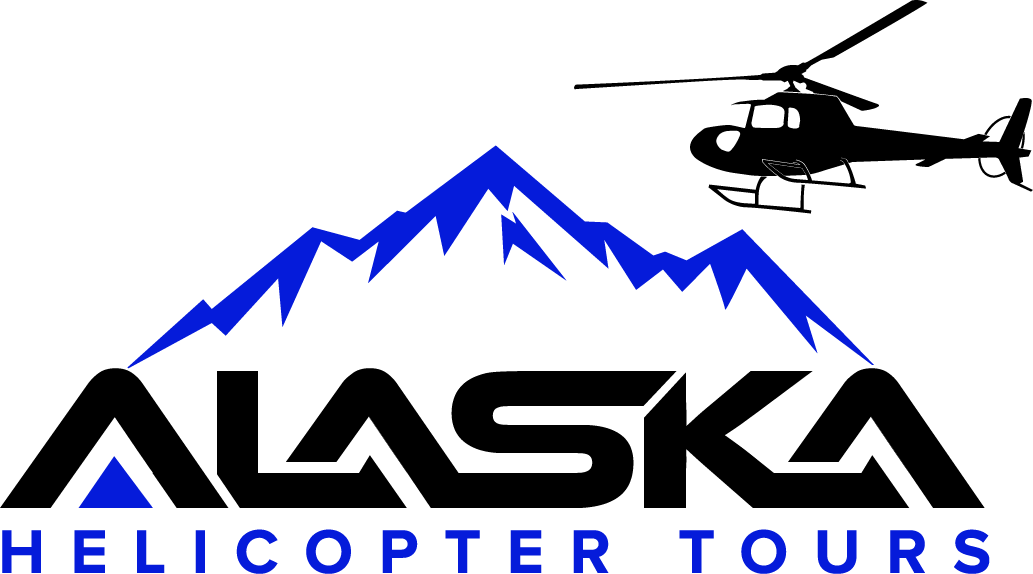Glacier Features
- chad1265
- Aug 3, 2021
- 3 min read

What do you want to see when you visit Alaska? Glaciers, of course!
Glaciers are one of the most popular things to see in Alaska and we’ve got lots of glaciers. Did you know there are about 100,000 glaciers in Alaska? There are nearly 60 glaciers to visit in the Anchorage area alone during your Alaska adventure including Knik Glacier and Colony Glacier, which are two of the main glaciers we visit at Alaska Helicopter Tours.
Our pilots are very familiar with glaciers, so they’ll point out interesting features as they fly over or land on a glacier. A glacier is such a fascinating natural feature that there is always something new to learn. The term “glacier” comes from the French word glace (glah-say), which means ‘ice’. Glaciers are appropriately often called “rivers of ice.” Because that’s what they are, flowing ice. Glaciers move and change every day.
Here are a few of the main glacial features that you’ll see on our helicopter tours.
Medial Moraines

If you see a long black line on the glacier, that’s a medial moraine. Medial moraines form where two glaciers come together. They are generally surficial features on the ice and often consist of rock that has fallen from a rock wall where the glaciers converge. Because they are thin, surficial features, medial moraines are rarely preserved after the ice retreats. Different from medial moraines, lateral moraine forms along the side of a glacier. That explains why medial moraines are formed when two glaciers fuse together.
Melt Pool
Melt pools or melt ponds are some of the most popular glacial features for our visitors. These pools are found on glacial ice and ice shelves. Melt pools are usually darker than the surrounding ice, and their distribution and size are highly variable. As the weather gets colder, meltwater will often re-freeze. Meltwater can collect or melt under the ice's surface. There are certainly a lot of opportunities to visit some of the deep blue melt pools on our tours, especially between May to August.
Glacial Slit
The turquoise lakes and rivers you see in Alaska are colored by glacial silt suspended in the water. Glaciers scrape bedrock into fine, round particles of rock or clay which are then carried away by tides or rivers. Since it’s too fine to sink, the material may get suspended and turn the water turquoise blue. It's also called glacial flour or rock flour.
Moulin

Photo: Juno Kim
Moulin, a French word for ‘mill’ is a nearly cylindrical, vertical shaft that extends through a glacier and is carved by meltwater from the glacier’s surface. We point to this a lot during our glacier tours. A moulin is a mesmerizing and iconic feature of glaciers. Sometimes our pilots fly over a moulin so you can look into this deep vertical river.
Icefalls

Photo: Juno Kim
Icefalls often happen when glaciers flow over a steep drop. That portion of glacier ice flows faster and becomes heavily crevassed. You can see icefalls, especially during the alpine landing on our Grand Knik Tour.
Glacial Caves

Photo: Juno Kim
Glacial caves form within the ice of a glacier. They are often carved out by water running through or under the glacier's ice.
Icebergs
Icebergs are large chunks of ice that break off from glaciers. This process is called calving. Icebergs float in the ocean or glacial lakes. You can easily find floating icebergs on Lake George.
Calving
Ice calving, also known as glacier calving or iceberg calving, is the breaking of ice chunks from the edge of a glacier. It is the sudden release and breaking away of a mass of ice from a glacier, iceberg, ice front, ice shelf, or crevasse. The ice that breaks away can be classified as an iceberg. Sometimes we witness glaciers calving at the face of Knik Glacier.
Nunatak
Mountain peaks or ridges poke through the ice, forming islands within the glacier. These are called nunatak. Our helicopters sometimes land on nunatak during a helicopter tour.
Crevasse
An open crack in the glacier’s surface, sometimes gaping enough to swallow a person. Crevasses are cracks in glacier ice caused by changing stresses as the ice moves. Crevasses may form on the glacier surface, on its underbelly, or on the sides.
Now you know all these glacier features, it's time to book a seat on one of our glacier helicopter tours!



















